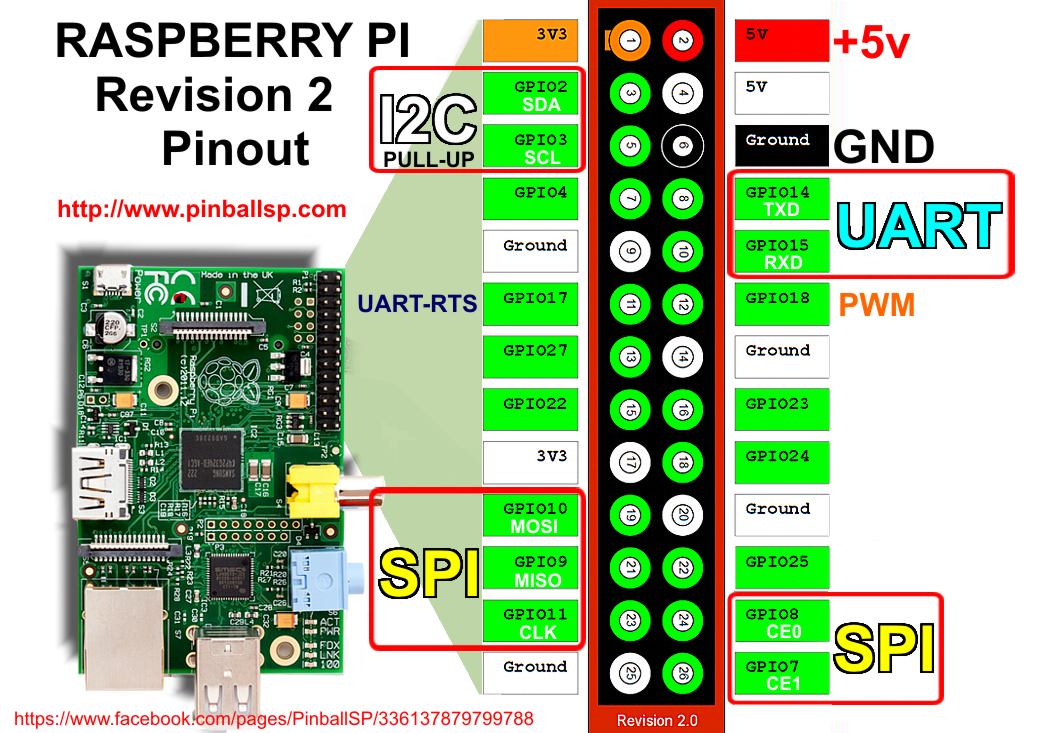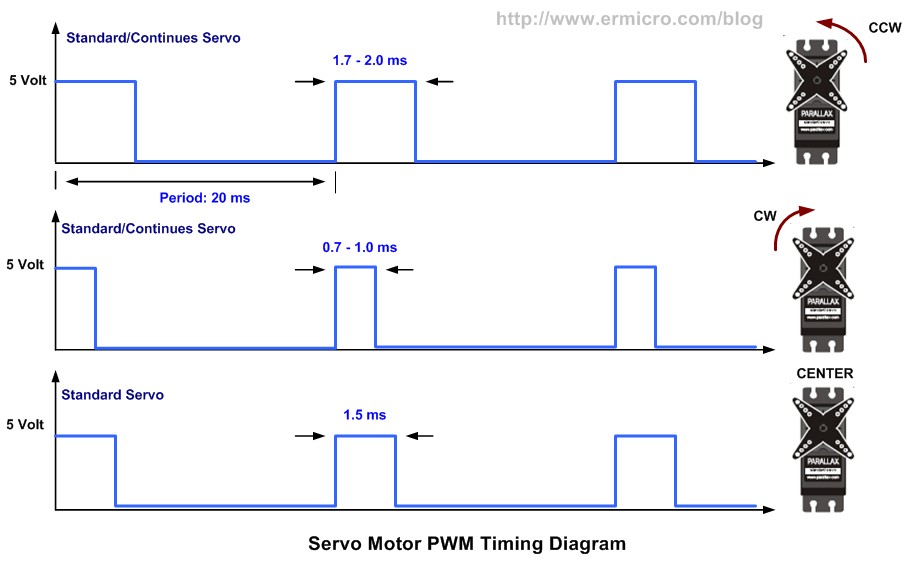
MEMS陀螺儀(Gyroscope)又名角速度計,為角慣性感測器,用於感測圍繞某個軸發生的旋轉,測量以度/秒為單位的角速度,不同於傳統的陀螺儀用於測量角位移,角速度測量能夠間接測量出角位移和速度。
陀螺儀與加速計不同的是,陀螺儀測量偏航或者斜度,與重力或線性動作無關。陀螺儀是偵測物體水平改變的狀態,但無法計算物體移動的激烈程度,加速度計只能偵測物體的移動行為,但無法偵測物體角度改變的能力,如將陀螺儀和加速計結合起來,就能夠感測轉動與線性運動的感測器。
陀螺儀解決方案是透過一個不斷旋轉的陀螺,當感測器晃動時,同時改變陀螺的水平,並改變周遭的電壓,而計算出物體移動的角度。
陀螺儀的MEMS內部設計,核心元件是一個經過微加工之機械元件,利用科裡奧利力(Coriolis)原理把角速率轉換成特定感應結構直向位移,進而取得變化量資訊。其工作原理是由相互正交的振動和轉動引起的交變科裡奧利力,振動物體被柔軟的彈性結構懸掛在基底之上。整體動力學系統是二維彈性阻尼系統,在這個系統中振動和轉動誘導的科裡奧利力把正比於角速度的能量轉移到傳感模式。
任天堂在2009年新推出Wii控制器搖桿「Wii Motion Plus」,增加了MEMS陀螺儀設計,透過它偵測全方位3D角速度變化,回傳遊戲主機藉此判定使用者運動狀態,帶動2009年遊戲機用陀螺儀銷售額成長近3倍達9400萬美元。
iPhone 4為全球第一支內建MEMS陀螺儀的手機,iSuppli指出,2010年採用陀螺儀的手機僅有5款,能針對智慧型手機供應陀螺儀的廠商包含意法半導體(STMicroelectronics)、 Invensense與Analog Devices等。
MoneyDJ 財經知識庫
加速度計顧名思義就是偵測物品的加速度,比較多廠商採用的方式是在封裝內配置兩個電容點,並且在中間使用一個可導電並且可晃動的物質,並且透過偵測導電物質移動改變兩個電容點的電壓,藉此計算感測器的移動狀態。 陀螺儀又名角速度計,多數的方案是透過一個不斷旋轉的陀螺,當感測器晃動時,會改變陀螺的水平,並且改變周遭的電壓,進而計算出物體移動的角度。
兩者看起來很接近,不過加速度計只能偵測物體的移動行為,並不具備精確偵測物體角度改變的能力,陀螺儀可以偵測物體水平改變的狀態,但無法計算物體移動的激烈程度。
陀螺儀可以用來反推相對位置,就是我知道手機從A點移動到B點但他是相對位置,意思就是A點跟B點在哪我不知道,我只知道他從A移動到B因此會配上電子羅盤,電子羅盤可以指出絕對北方位置,組合起來可以得到你的絕對位置所以我可以知道A點的xyz座標軸,然後也可以知道B點的xyz陀螺儀是更精確的偵測,三軸陀螺儀組合起來可以得到x,y,z三方向的位移而沒有陀螺儀卻可以玩平衡遊戲的手機是用G-sensor這是利用重力改變得知位移的但是有個缺點,水平方向重力都一樣,所以無法偵測水平位移當然可以用計算的,但就會比較耗費時間,因此反應速度跟陀螺儀會有差你玩賽車遊戲的話就會很明顯。




